Recently, one of our clients asked about using Goo Gone™. We subscribe to the philosophy, if it isn’t broke, don’t (change). However, we want to arm you with more information on various types of solvent cleaners so you can arrive at the solution that is best for your situation.
In this case, our clients wanted to know if Goo Gone would be acceptable for cleaning. To help answer this question we asked which adhesive they were using so we could understand why it worked for them. In this case, their adhesive is 3M’s 300LSE, which is highly regarded for its bonding strength on low surface energy materials such as polypropylene and powder-coated surfaces.
Goo Gone in this case is a good solution because distillate is a good solvent for many organic materials, including the polymers and resins found in adhesives. It can penetrate the adhesive layer, softening and dissolving it, which allows for easier removal from the substrate. Because Goo Gone is a non-polar hydrotreated light distillate solvent, it will effectively dissolve other non-polar adhesives like 3M’s acrylic-based non-polar chemistry.
The (only) downside to using Goo Gone however is that it leaves behind a petroleum-based residue on the surface after it evaporates and that means it is not “clean”. This means after using Goo Gone, be sure to wipe clean the surface with a new, clean white cloth and then you will be ready to apply Dyna-Tek products.
Left: Typical build-up before Dyna-SlickShield
Right: Adhesive build-up with Dyna-SlickShield
Why do we prefer Tert-Butyl Acetate (TBAC)?
Tert-butyl acetate (TBAC), also a non-polar solvent cleaner, is also very effective at removing certain types of adhesives. Below is a summary of how it compares to hydrotreated light distillate solvents.
- Solvent Strength and Selectivity: Tert-butyl Acetate is a strong solvent with excellent solvency for a wide range of substances, including many types of adhesives. Its solvent strength can provide a more effective and faster dissolution of adhesive materials compared to hydrotreated light distillate.
- Evaporation Rate: Tert-butyl Acetate has a higher evaporation rate than many petroleum distillates, which can be beneficial in quick-drying applications. This characteristic helps to reduce residue and speed up cleaning processes.
- Environmental and Safety Aspects: Tert-butyl acetate is considered a more environmentally friendly option with lower toxicity and less environmental impact compared to traditional petroleum-based solvents. It’s also listed as an exempt compound in some air quality regulations, which means it does not count towards VOC (Volatile Organic Compound) limits in many jurisdictions.
- Compatibility: Tert-butyl acetate is generally safe for a variety of surfaces, but like all solvents, it should be tested on a particular substrate to ensure it does not damage the material, especially in sensitive applications.
Ultimately, our client isn’t nearly as focused on which cleaner to use anymore. Since making Dyna-SlickShield™ and Dyna-SLICK™ a part of their tooling maintenance regimen, adhesive build-up has now been “reduced drastically”.
For more information on how to significantly reduce the impact of adhesive build-up on your dies, rollers and other components of your equipment, contact us at 855.500.6266 or email us at Sales@Dyna-Tek.com.

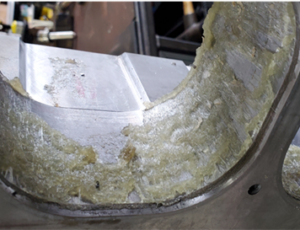
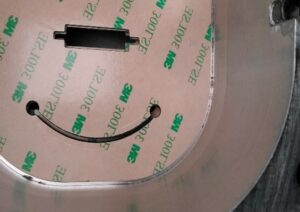
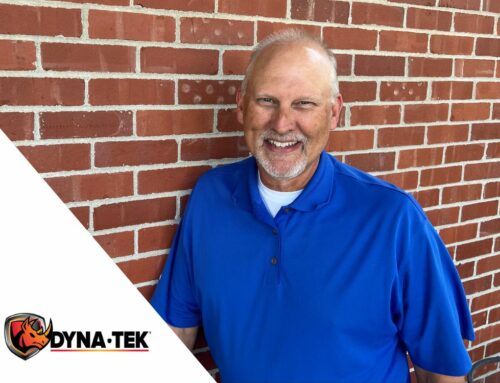
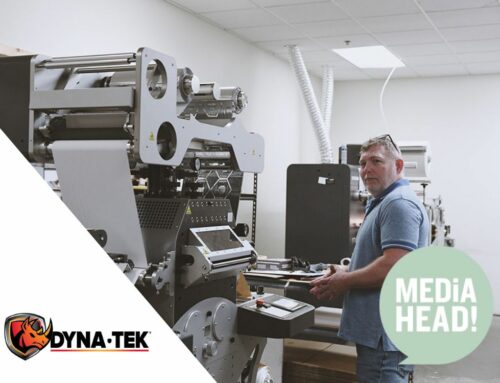
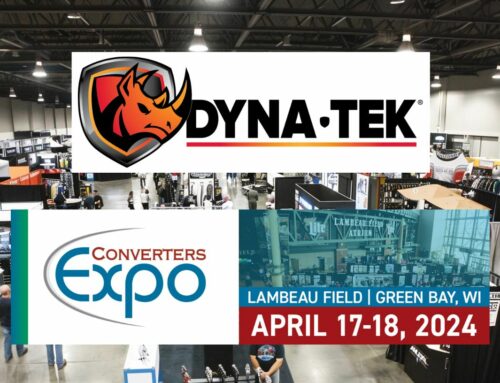
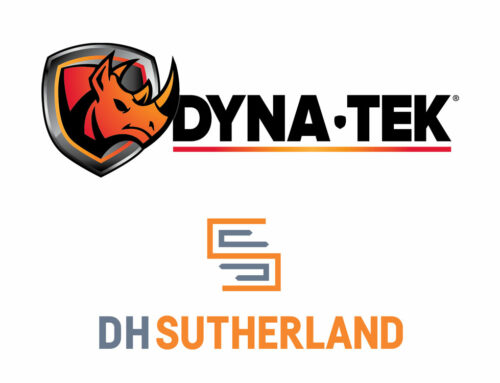
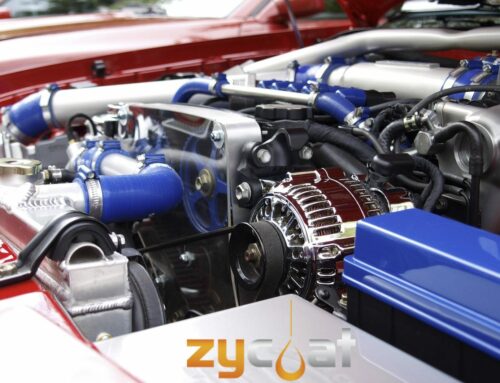
Leave A Comment